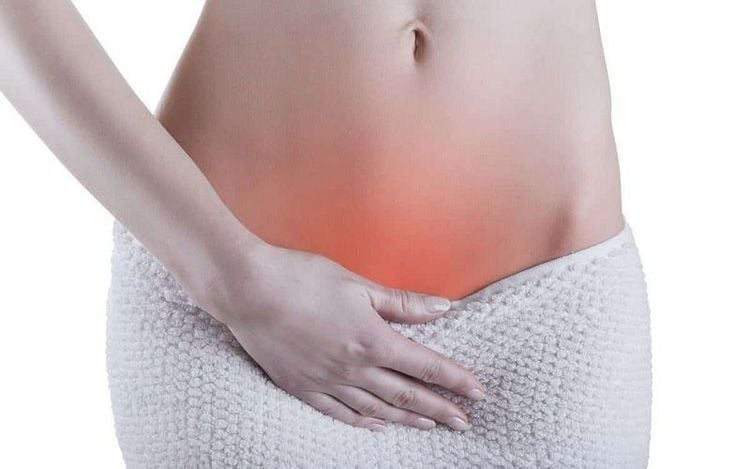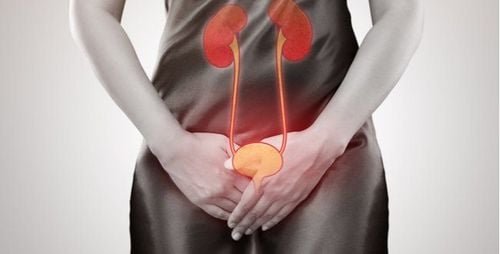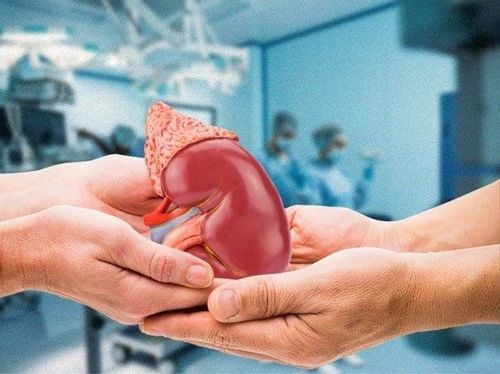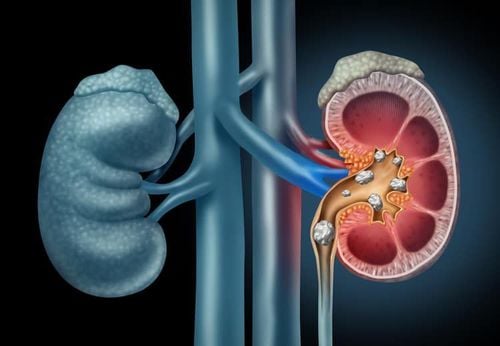Using the navel as a reference point, the abdomen is divided into four positions: epigastric (above the navel), hypogastric (below the navel), left iliac fossa (to the left of the navel), and right iliac fossa (to the right of the navel). When experiencing lower abdominal pain (hypogastric pain), depending on the severity of the pain and symptoms, it can be a mild illness or an emergency, so when experiencing severe pain in the lower abdomen, it should never be ignored or taken lightly.
1. What is lower abdominal pain (hypogastric pain)?
When the body has to endure abdominal pain occurring in the lowest position of the abdomen or pelvic area, it is called lower abdominal pain or hypogastric pain (Pelvic Pain).
For women, the cause of lower abdominal pain can originate from urinary diseases, genital diseases, or digestive diseases, while for men, the cause can originate from a number of diseases such as inguinal hernia, colitis, pelvic pain...
Depending on the cause of the disease, the pain in the lower abdomen can be dull or sharp, intermittent, ranging from mild to severe. In many cases, the lower abdominal pain also spreads to the patient's buttocks, waist, and thighs and is accompanied by the following symptoms:
- Painful or difficult urination
- Pain during intercourse
- Fever or chills
- Bloody stools
- Pain in the hip area
- Pain in the groin area
- Constipation or diarrhea
- Bloating
- Menstrual cramps
- Menstrual cramps worsening
- Vaginal bleeding

2. Acute and chronic lower abdominal pain
Patients suffering from lower abdominal pain are divided into two main groups: acute lower abdominal pain and chronic lower abdominal pain:
2.1 Acute lower abdominal pain
Acute lower abdominal pain is pain that appears suddenly, may be the first time, the cause of pain may be due to:
- The patient has an ovarian cyst.
- Suffering from genital diseases such as adnexitis due to infection of the fallopian tubes, uterus or ovaries.
- Suffering from digestive system diseases such as appendicitis causing pain in the right iliac fossa and lower abdomen.
- Suffering from peritonitis, this case requires emergency treatment.
- Urinary tract infection, inguinal hernia, colon pain...
- Ruptured ectopic pregnancy or miscarriage.
- Ovarian cancer.
2.2 Chronic lower abdominal pain
Chronic lower abdominal pain is pain that occurs frequently and continuously over a long period of time, caused by:
- Patients with endometriosis
- Chronic adnexitis
- Irritable bowel syndrome
- Recurrent ovarian cysts
- Urinary diseases, recurrent urinary tract infections, interstitial cystitis
- Uterine prolapse, uterine fibroids
- Compression of the nerves in the lower abdominal region
3. What problems does severe lower abdominal pain warn of?
In addition to the causes that can cause pain in the lower abdomen, when the pain is severe, the patient needs to be extremely cautious of emergency diseases because based on the symptoms and frequency of pain, it is easy to confuse chronic and emergency diseases.
In some cases, the patient has lower abdominal pain due to colon or urinary diseases, which is not a cause for concern. However, if the lower abdominal pain is severe due to acute appendicitis or ovarian cyst torsion, ruptured ectopic pregnancy or miscarriage, not providing timely emergency care can endanger the patient's life.
In particular, if the patient has severe lower abdominal pain due to ruptured appendicitis, even if timely emergency care can limit the risk of death, the consequences are still very serious.

4. What should you do when you have lower abdominal pain?
Lower abdominal pain can be caused by many different reasons. Therefore, patients need to go to the hospital to be examined by specialists and accurately diagnose the cause of the pain because self-diagnosis without thorough understanding of the profession and self-treatment will be very dangerous and lead to more risks.
When patients have severe lower abdominal pain, they need to stay calm and ask their family members to go to the hospital immediately for examination, diagnosis and timely treatment. In cases where the cause of lower abdominal pain in women is determined to be due to menstruation, you can apply a warm compress or take a warm bath to help relieve the pain. In addition, women can practice yoga and stretching exercises to help improve blood flow and effectively reduce pain.
Any pain in the lower abdomen can be a warning sign of a dangerous disease that requires timely intervention. Therefore, patients should absolutely not be subjective or ignore it, but should see a doctor for early treatment.
To arrange an appointment, please call HOTLINE or make your reservation directly HERE. You may also download the MyVinmec app to schedule appointments faster and manage your reservations more conveniently.














